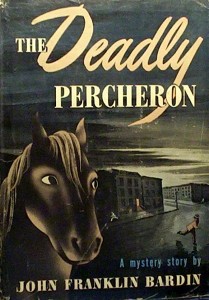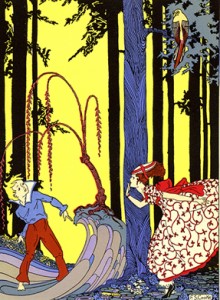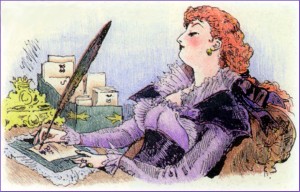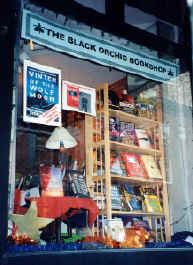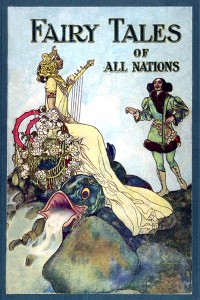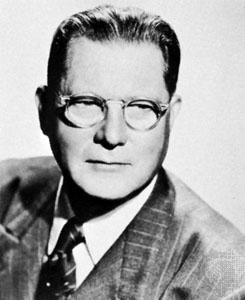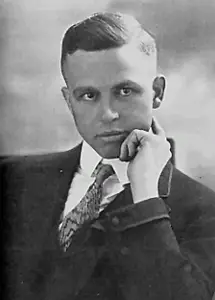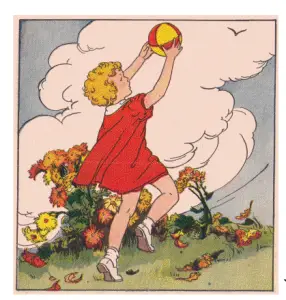
From “Bob and Judy Reader”, 1936. Illustrated by Vera Stone Norman.
By Kathie McMillan
I did not set out to collect primers. It began quite by accident when I found Friends from the Children’s Own Readers series, which was illustrated by Marguerite Davis,an illustrator I had never heard of. I was rummaging around in an unlikely flea market here in my own small rural town with the vague notion of finding material suitable to post on flickr.com. I had stumbled upon a community of people who posted vintage images from the early twentieth century, a period that I had always been interested in. I was very smitten by several contributors. When I had collected a few images for use in crafting, I decided that the least I could do was give back by posting a few images of my own. After all, I had spent hours back in those very early days of the World Wide Web searching for fairy images from the early twentieth century; and here they were all grouped together, like a giant picture book on my coffee table! It did not seem right to take and not to give back.

